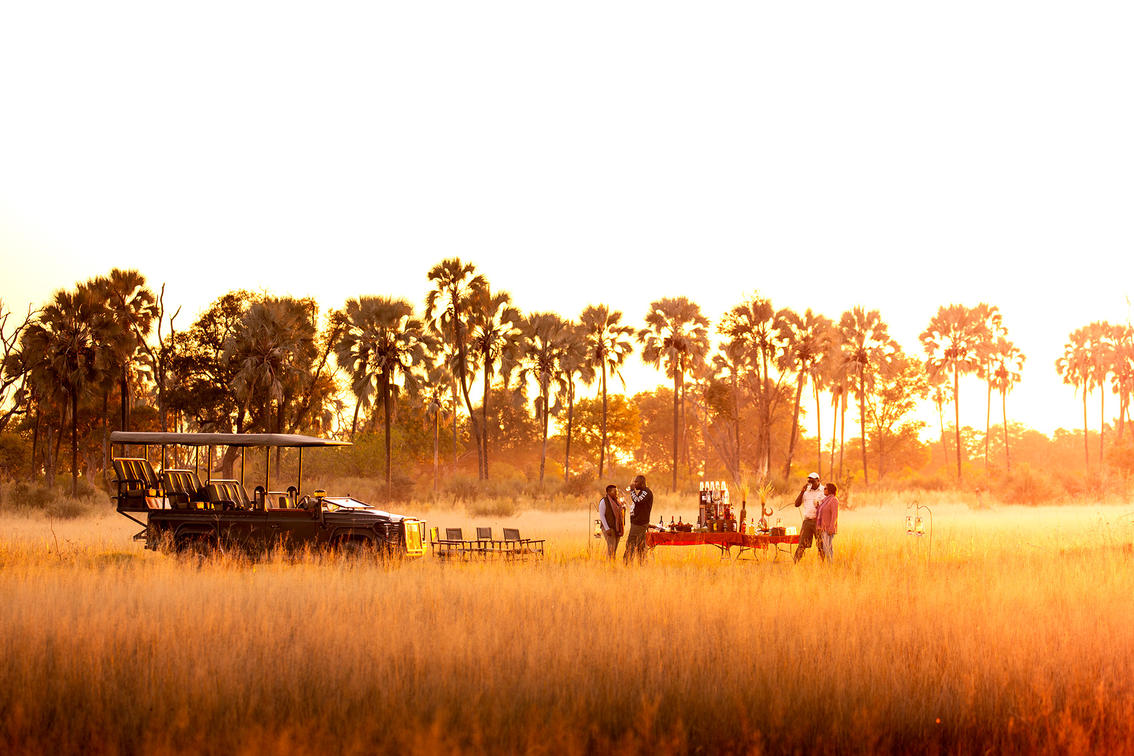Heavy rains dominate January, making many roads and parks inaccessible, and some lodges close. The landscape is lush and green, offering a unique, quieter safari experience for those who brave the wet conditions.

Lusaka National Park, located just 30 kilometres from Zambia's capital, serves as a symbol of nature's persistence amidst urban expansion. Opened in 2015, it is the newest addition to Zambia’s national parks and uniquely situated within a city setting, similar only to Mosi-Oa-Tunya National Park in Livingstone.
Covering 46 square kilometres, the park is a sanctuary for over 1,000 species, including the esteemed white rhino. It's designed for easy access, making it an ideal retreat for city residents seeking a brief encounter with the wilderness. Here, visitors can observe giraffes, zebras, and various antelope species in a setting that blends natural beauty with urban life.
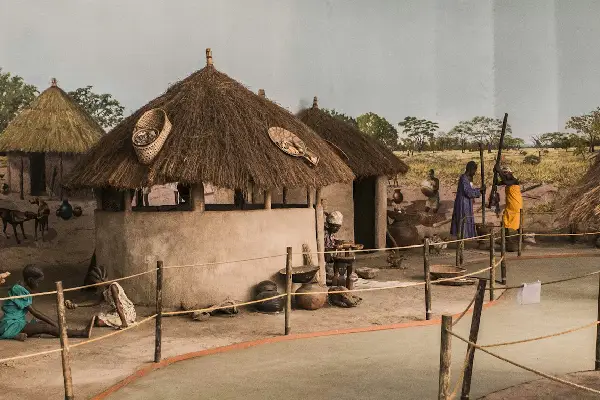


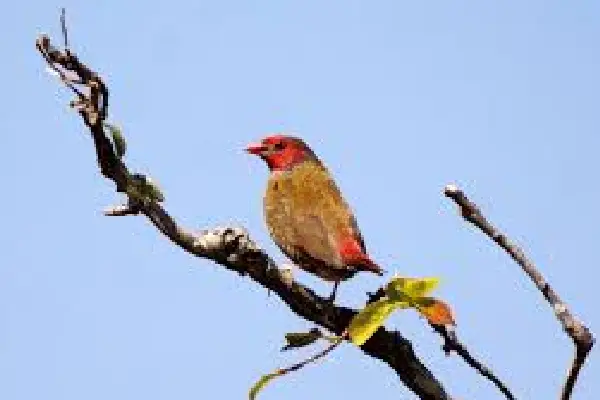
Top Experiences
Journey into Lusaka National Park for an easy escape into nature. Perfect for picnics and short-day trips with guaranteed wildlife sightings.
Witness the remarkable white rhinos, safeguarded and roaming freely within the park. An accessible, unique wildlife encounter near the capital.
Pack a picnic and relax at the park's scenic spots, complete with gazebos and BBQ areas. A peaceful retreat surrounded by nature's beauty.
Rent a bike and pedal through well-maintained paths, observing various wildlife species in their natural habitat, availability permitting.
Capture the essence of Zambia's wildlife through your lens as you navigate through this urban sanctuary, spotting elusive and beautiful animals.
Navigate To Know
Enriching encounters
Within the city's reach, Lusaka National Park offers a vibrant ecosystem home to over 1,000 animals. Experience unique wildlife sightings in an unexpected urban backdrop.
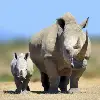

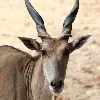
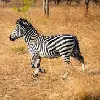

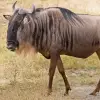

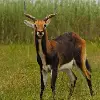
The Best time to visit Zambia is from May to October. During these dry months, wildlife viewing is exceptional, and the weather is comfortably mild. Visiting Zambia from May through October offers ideal conditions for safaris, with low humidity and cooler temperatures early on. As September and October approach, it warms up, making early mornings and late evenings particularly pleasant for wildlife spotting. This period contrasts with the Green Season from December to April, when heavy rains bring lush landscapes but make wildlife harder to see as animals disperse away from usual water sources.
Heavy rains dominate January, making many roads and parks inaccessible, and some lodges close. The landscape is lush and green, offering a unique, quieter safari experience for those who brave the wet conditions.
Explore our Zambia safari packages, offering a variety of experiences from Victoria Falls adventures to wildlife safaris in South Luangwa. Enjoy everything from rustic camps to luxury lodges for a magical journey.
Rated 5.0/5 based on 50+ reviews. showing our 5 star reviews.
